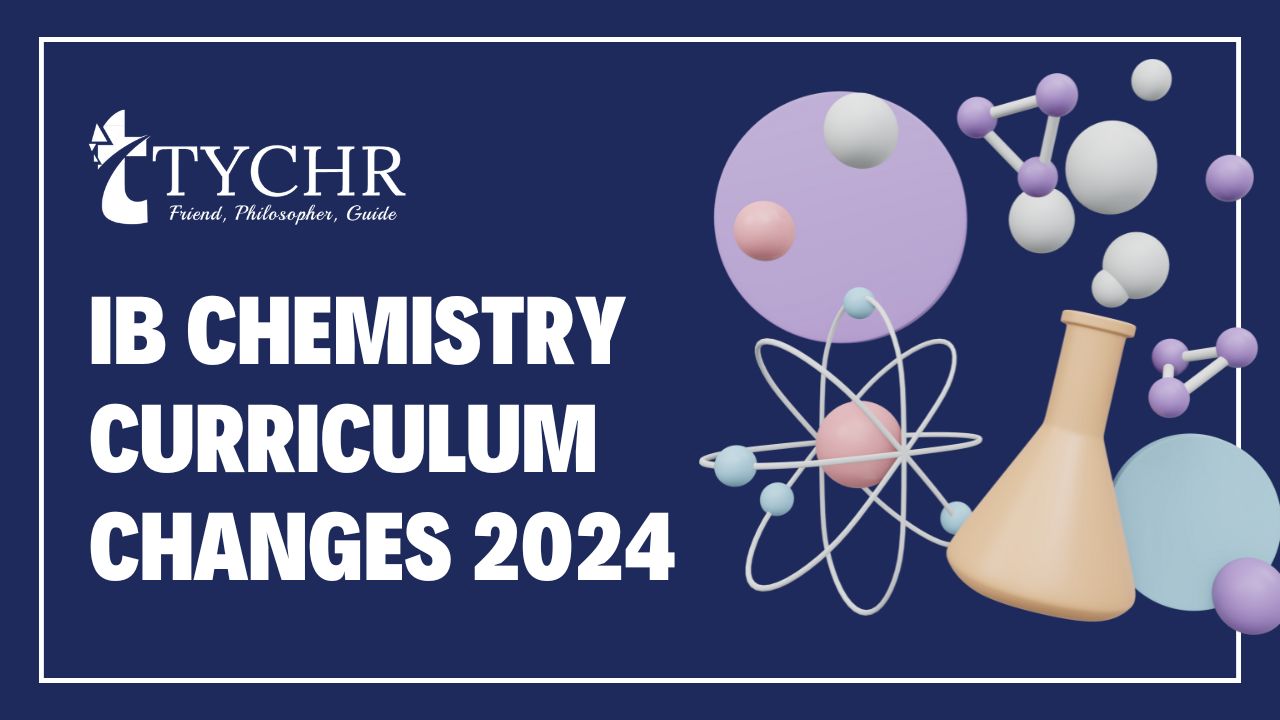Table of Contents
Welcome to the fascinating world of interdisciplinary studies, where traditional boundaries between academic disciplines are shattered and innovative connections are forged! In today’s fast-paced and interconnected society, the power of integrated learning has never been more relevant or vital. So, if you’re curious about exploring new horizons beyond the confines of a single subject area, then buckle up because we’re about to embark on an exhilarating journey into the realm of interdisciplinary studies. Get ready to unlock your creativity, critical thinking skills, and broaden your intellectual horizons like never before! Let’s dive in and discover how this dynamic approach can revolutionize education as we know it.
What is Interdisciplinary Studies?
What exactly is interdisciplinary studies, you ask? Well, it’s an innovative approach to learning that transcends the traditional boundaries of individual subjects. Instead of studying each discipline in isolation, interdisciplinary studies encourage students to explore connections and relationships between various fields of knowledge.
By integrating different disciplines such as science, humanities, arts, and social sciences into a cohesive framework, students gain a more holistic understanding of complex real-world issues. They learn how to think critically across multiple perspectives and develop skills that are highly sought after in today’s dynamic job market.
Interdisciplinary studies foster creativity by encouraging students to think outside the box and make unique connections between seemingly unrelated topics. For example, combining psychology with design can lead to breakthroughs in user experience research or blending biology with engineering can pave the way for innovative medical technologies.
This approach also promotes collaboration among students from diverse backgrounds who bring their unique expertise and insights to solve complex problems. By working together on interdisciplinary projects, they learn valuable teamwork skills while gaining a deeper appreciation for different viewpoints.
In essence, interdisciplinary studies provide a fertile ground for intellectual exploration where curiosity knows no bounds! It challenges conventional thinking patterns and encourages learners to embrace complexity rather than shy away from it. Whether you’re interested in tackling societal challenges or simply broadening your horizons beyond the confines of one discipline – interdisciplinary studies offer an exciting pathway towards uncovering new knowledge and perspectives that will shape the future. So strap yourself in because we’re only just scratching the surface of this transformative educational journey!
Benefits of an Interdisciplinary Approach to Learning
Embracing interdisciplinary studies offers numerous advantages for students, allowing them to develop a more holistic understanding of the world and cultivate essential skills that can be applied across various disciplines. By breaking down traditional subject boundaries, interdisciplinary learning encourages critical thinking, creativity, and problem-solving abilities.
One major benefit is the ability to make connections between different subjects. When students engage in interdisciplinary studies, they can see how concepts from one discipline relate to those in another. This helps them develop a broader perspective and gain insights that may not be apparent when studying subjects in isolation.
Moreover, interdisciplinary learning promotes collaboration and teamwork. Students are encouraged to communicate and work together with peers who bring different perspectives and expertise from their respective fields of study. This fosters effective communication skills as well as the ability to appreciate diverse viewpoints.
Another advantage is the development of transferable skills. Interdisciplinary education equips students with analytical thinking, research skills, adaptability, and problem-solving capabilities that can be applied across many areas of life beyond academics.
Furthermore, an interdisciplinary approach enables learners to tackle complex real-world issues using multiple perspectives. It encourages innovative solutions by combining knowledge from various disciplines into practical applications.
In conclusion (as per instructions), taking an interdisciplinary approach provides students with a unique opportunity for integrated learning that goes beyond traditional disciplinary boundaries. By fostering critical thinking abilities, collaboration, and transferable skills, it prepares individuals for success in our increasingly interconnected world.
Obstacles to Overcome When Implementing an Interdisciplinary Curriculum
Implementing an interdisciplinary curriculum can be a transformative experience for students and educators alike. However, it is not without its challenges. One of the main obstacles that schools may face when introducing interdisciplinary studies is resistance from traditional educational structures.
Many institutions have long been organized around subject-specific departments and disciplines. Breaking down these silos and integrating different fields of study can be met with skepticism or pushback from faculty who are comfortable within their respective domains.
Another hurdle to overcome is the need for collaboration and coordination among teachers from various disciplines. Interdisciplinary studies require educators to work together, aligning their curriculum, lesson plans, and assessments. This requires time, effort, and effective communication to ensure that each teacher understands how their subject contributes to the larger interdisciplinary framework.
Additionally, there may be logistical challenges in terms of scheduling classes that allow for cross-disciplinary collaboration. Schools must consider how they can create flexible schedules that accommodate shared teaching time between multiple teachers or even joint classes where subjects intersect.
Furthermore, assessment methods may need to be adapted when implementing an interdisciplinary curriculum. Traditional exams or assignments focused solely on one subject area may not effectively capture the breadth and depth of learning across different disciplines. Teachers will need to develop innovative ways to assess student understanding in a holistic manner while still maintaining academic rigor.
Overcoming resistance from parents or other stakeholders who are accustomed to more traditional educational models can also pose a challenge. It will require strong communication strategies and evidence-based arguments highlighting the benefits of an integrated approach in preparing students for future success in a rapidly changing world.
While there are certainly obstacles involved in implementing an interdisciplinary curriculum, with proper planning, support from administration and staff members, as well as open-mindedness towards new approaches to education – these barriers can be surmounted successfully.
Tips for Getting Started with Interdisciplinary Studies
Are you ready to dive into the world of interdisciplinary studies? Here are some helpful tips to get you started on your journey:
1. Define your objectives: Before embarking on an interdisciplinary curriculum, it’s crucial to clearly define your learning objectives. What do you hope to achieve through this integrated approach? Identifying your goals will help guide the design and implementation of your interdisciplinary program.
2. Foster collaboration: Interdisciplinary studies thrive on collaboration and teamwork. Encourage students from different disciplines to work together, share their expertise, and learn from one another. Create opportunities for cross-disciplinary discussions, group projects, and joint research ventures.
3. Embrace flexibility: One of the key aspects of interdisciplinary studies is flexibility in curriculum design. Be open-minded and willing to adapt as needed based on student interests and emerging trends in various fields. Allow room for exploration and experimentation within the framework of your program.
4. Seek out resources: Building an interdisciplinary curriculum requires access to a wide range of resources across multiple disciplines. Reach out to experts in different fields, utilize online databases, libraries, and educational platforms that offer resources relevant to each discipline involved.
5. Assess learning outcomes: As with any educational program or course, it’s essential to assess student learning outcomes effectively in an interdisciplinary setting too. Develop assessment methods that align with the integrated nature of the curriculum while still allowing for individual discipline-specific evaluations.
By following these tips, you’ll be well-equipped to embark on a successful journey into the realm of interdisciplinary studies! So go ahead – embrace integration, foster collaboration among diverse disciplines, remain flexible in approach & resourceful while assessing outcomes – all leading towards holistic education!
Examples of Interdisciplinary Studies in Action
Environmental Science and Economics
In this interdisciplinary study, students explore the intersection between environmental science and economics by analyzing the economic impact of environmental policies. They examine how changes in environmental regulations can affect industries, job growth, and consumer behavior. By combining these two disciplines, students gain a deeper understanding of sustainability and develop solutions to real-world environmental issues.
Literature and Psychology
By integrating literature with psychology, students delve into the complexities of human behavior through literary characters. They analyze the motivations, emotions, and mental processes depicted in novels or plays to gain insights into psychological theories. This interdisciplinary approach enhances their understanding of human nature while fostering critical thinking skills.
History and Sociology
Through an interdisciplinary lens that combines history with sociology, students investigate societal patterns over time by examining historical events from a social perspective. They explore how society shapes historical events as well as how historical events influence social structures and norms. This interdisciplinary study enables them to comprehend the interconnectedness between past societies’ beliefs, values, institutions, and their enduring legacies today.
Mathematics and Music
By blending mathematics with music theory or composition techniques like harmonics or rhythm analysis; students discover patterns within musical compositions using mathematical concepts such as Fibonacci sequences or Fourier transformations. This integration allows for a deeper appreciation of both disciplines – revealing the underlying mathematical beauty inherent in music creation.
Physical Education & Nutrition
An integrated approach combining physical education with nutrition educates students about healthy lifestyle choices holistically. Students learn not just about exercise but also about proper nutrition. They understand how diet affects energy levels, athletic performance, and overall wellbeing. With this knowledge they can make informed decisions that will positively impact their health now and in the future as well. These are just a few examples showcasing the power of an interdisciplinary approach to learning.
Conclusion
In today’s rapidly evolving world, interdisciplinary studies have emerged as a powerful and effective approach to learning. By breaking down the traditional barriers between academic disciplines, students are able to explore complex issues from multiple perspectives and gain a deeper understanding of the interconnectedness of knowledge.
The benefits of interdisciplinary studies are manifold. Students develop critical thinking skills, creativity, and problem-solving abilities by integrating different areas of study. This holistic approach fosters innovation and prepares them for the complex challenges they will face in their future careers.
However, implementing an interdisciplinary curriculum can present its share of obstacles. Institutional resistance, logistical challenges, and the need for collaboration among faculty members can make it challenging to establish robust interdisciplinary programs. Nonetheless, with careful planning and dedication from educators, these hurdles can be overcome.
If you’re considering incorporating interdisciplinary studies into your educational institution or curriculum, here are some tips to get started:
1. Foster collaboration: Encourage cross-disciplinary dialogue among faculty members to identify common themes or topics that could benefit from an integrative approach.
2. Design flexible curricula: Create adaptable course structures that allow students to choose from a variety of disciplinary courses while still meeting core objectives.
3. Provide adequate resources: Ensure that both physical resources (such as libraries) and digital tools (like online databases) are readily available to support research across disciplines.
4. Emphasize teamwork: Incorporate group projects into coursework to foster collaboration skills and encourage diverse perspectives on problem-solving.
5. Promote student autonomy: Give students agency over their learning experiences by allowing them to pursue individual interests within an overarching interdisciplinary framework.
Examples abound when it comes to successful implementation of interdisciplinary studies in action:
– Environmental science programs that combine biology with policy analysis
– Public health initiatives that integrate sociology with epidemiology
– Digital media courses that incorporate elements of design theory along with technical skills
By embracing this innovative approach toward education, institutions have witnessed remarkable results in student engagement, academic achievement, and real-world application of knowledge.








